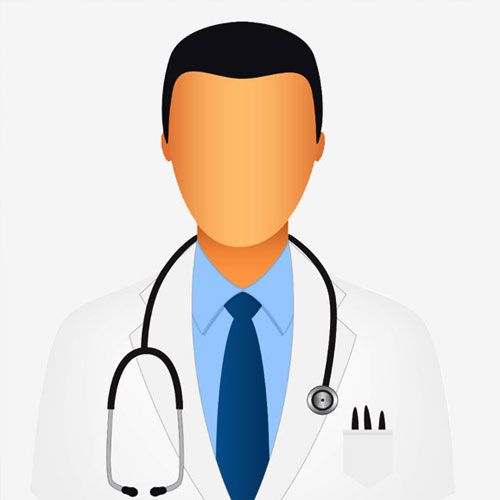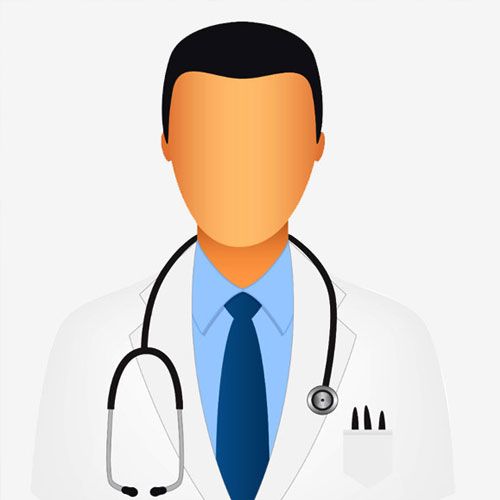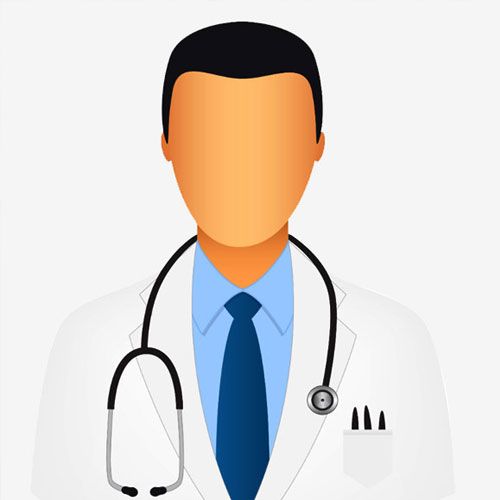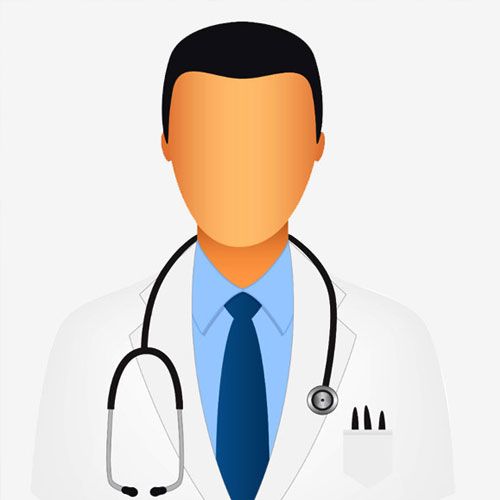Dermatology Department
Dermatology
Dermatology is the branch of medicine that deals with the diagnosis, treatment, and prevention of disorders and diseases affecting the skin, hair, nails, and mucous membranes.
Subspecialties of Dermatology
1. Dermatopathology: Deals with the diagnosis of skin diseases through the examination of skin tissue and cells.
2. Pediatric Dermatology: Specializes in the diagnosis and treatment of skin disorders in children.
3. Cosmetic Dermatology: Focuses on the improvement of the appearance of the skin, including procedures such as botox, fillers, and laser treatments.
4. Dermatologic Surgery: Deals with the surgical treatment of skin cancers, moles, and other skin conditions.
5. Immunodermatology: Focuses on the diagnosis and treatment of skin disorders related to the immune system, such as psoriasis and lupus.
Common Skin Conditions
1. Acne: A chronic inflammatory disease of the skin, characterized by comedones (blackheads and whiteheads), pimples, and cysts.
2. Psoriasis: A chronic autoimmune disease that causes red, scaly patches on the skin.
3. Eczema: A chronic inflammatory disease of the skin, characterized by dry, itchy, and scaly skin.
4. Skin Cancer: A group of cancers that occur on the skin, including basal cell carcinoma, squamous cell carcinoma, and melanoma.
5. Rosacea: A chronic inflammatory disease of the skin, characterized by redness, flushing, and acne-like lesions.
Dermatology Tests and Procedures
1. Skin Biopsy: A procedure that involves removing a sample of skin tissue for examination under a microscope.
2. Dermoscopy: A non-invasive procedure that uses a special microscope to examine the skin and diagnose skin conditions.
3. Patch Testing: A procedure that involves applying small amounts of substances to the skin to diagnose allergic contact dermatitis.
4. Phototherapy: A treatment that uses ultraviolet light to treat skin conditions such as psoriasis and vitiligo.
5. Laser Therapy: A treatment that uses high-energy light to treat skin conditions such as acne, rosacea, and skin cancer.
Dermatology Treatments and Therapies
1. Topical Treatments: Creams, ointments, and gels applied directly to the skin to treat skin conditions.
2. Oral Medications: Pills or capsules taken by mouth to treat skin conditions such as acne, psoriasis, and eczema.
3. Photodynamic Therapy: A treatment that uses a light-sensitive medication and a special light to treat skin conditions such as acne and skin cancer.
4. Surgical Procedures: Surgical procedures such as excision, biopsy, and laser surgery to treat skin conditions.
5. Cosmetic Procedures: Procedures such as botox, fillers, and chemical peels to improve the appearance of the skin.
- 10 Years of Practice
- Murshidabad Medical College And Hospital, Murshidabad
- Mediguide India, Kolkata, Delhi, Bangalore, Chennai
- Rs 500
- 20 Years of Practice
- Mediguide India, Kolkata, Delhi, Bangalore, Chennai
- Suraksha Pharmacy, Laldighi, Berhampore, Murshidabad
- Rs 500 - 600
Featured Doctors
-
Dr. Binidra Banerjee
Gastroenterologist
-
Dr. S.N Bhattacharjee
Consultant ENT
-
Dr. Md Tipu Sultan
Dentist
-
Dr. A Bhattacharya
Dermatologist
-
Dr. Angsula Naha
Consultant Obstetrician , Gynecologist & Laparoscopic Surgeon
-
Dr. Siddhartha Mani
Consultant Cardiologist
-
Dr. Monotosh Panja
Consultant Cardiologist
-
Dr. Sumanta Chatterjee
Cardiac Surgeon
-
Dr. Binayak Deb
Consultant Cardiologist
-
Dr. Tridib Chowdhury
Consultant Neurologist










